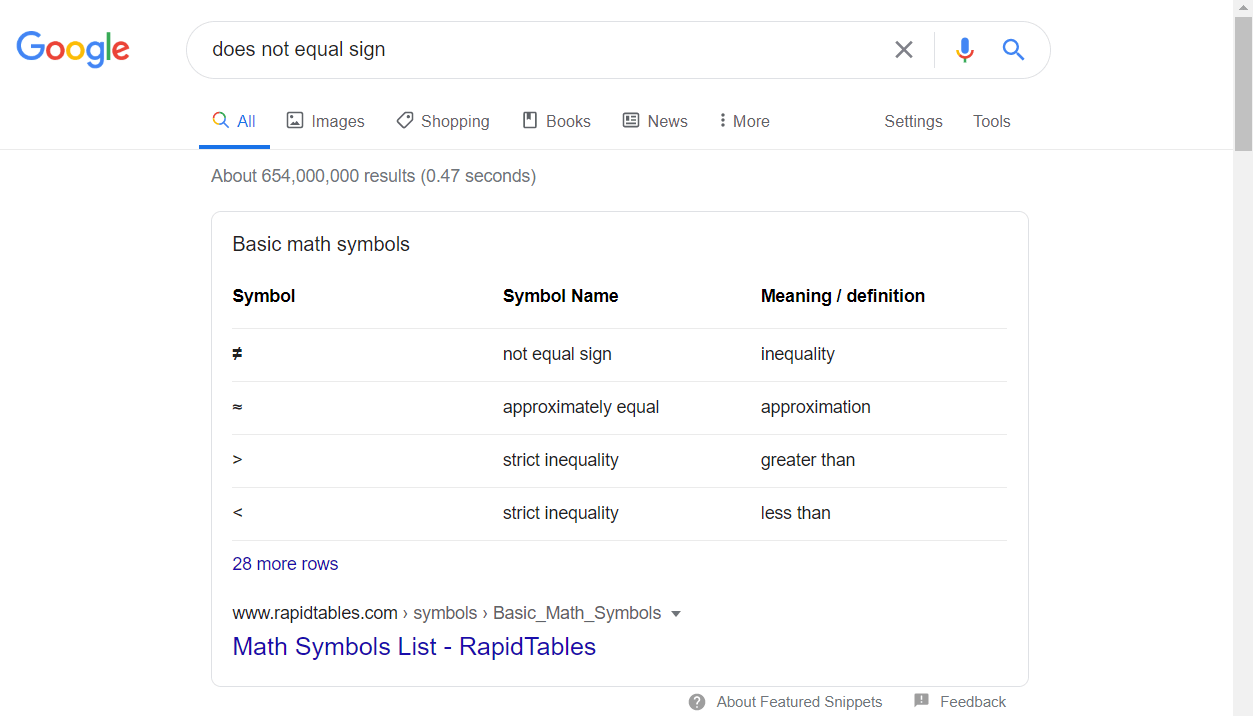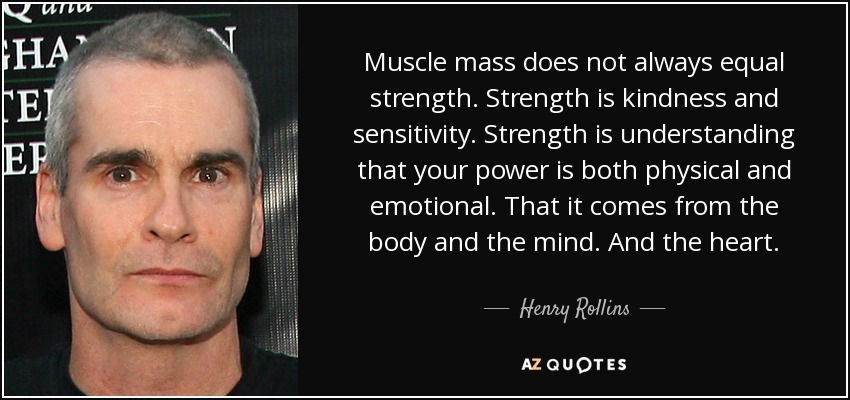
These operators all compare two values and return true or false.

If (z ), not equal to ( != ), or the equal to ( = ) operator. Let's take the following JavaScript expressions. If the statement returns true, you usually perform some action against the compared values. Boolean operators return true or false as an expression. We discussed calculation operators, but there are also boolean operators when you work with programming languages. Multiplication, division, or the modulus remainder operator The order of precedence for basic JavaScript operators are as follows:Ģ.

If operator precedence isn't taken into consideration, you can have bugs in your calculations unknowingly. As you can see, precedence can greatly influence the final value of a calculation. The above statement evaluates to z being assigned the value 44. The parenthesis tell the JavaScript compiler to first add the x and y variables and then multiply by two.
Does not equal sign javascript code#
Using the same example, the following code groups part of the expression to change the calculation precedence. For instance, suppose you want JavaScript to add the first two variables and then multiply by two. You can use parenthesis to group your calculations to ensure that parts of a statement are executed first. The y value is multiplied by two and then the x value is added to the result. This means that when JavaScript executes the above statements, z is assigned the value 34. This means that the multiplication part of the calculation executes first, and then the addition statement is executed. The multiplication operator has precedence over the addition operator. The following code adds multiplication to the addition calculation above.Ĭan you figure out the answer to the last statement? If you recall, the asterisk is the multiplication operator.

Let's add some multiplication to the above statements. This means that some operators have a higher precedent than others, so when you use a simple calculation within an expression, the higher precedent operator will execute first. Just like math, operators have a precedent. Let's take the previous example of a basic addition calculation written in JavaScript. We'll also discuss using dates and other operators you'll need to know when working with JavaScript scripts. We'll talk about numerical and string operators and how you use them in your calculations. In this article, we'll talk about the basic operators and their precedence. Your JavaScript code will probably get a bit more complicated than simple addition or subtraction. JavaScript has a number of expressions and operators.


 0 kommentar(er)
0 kommentar(er)
